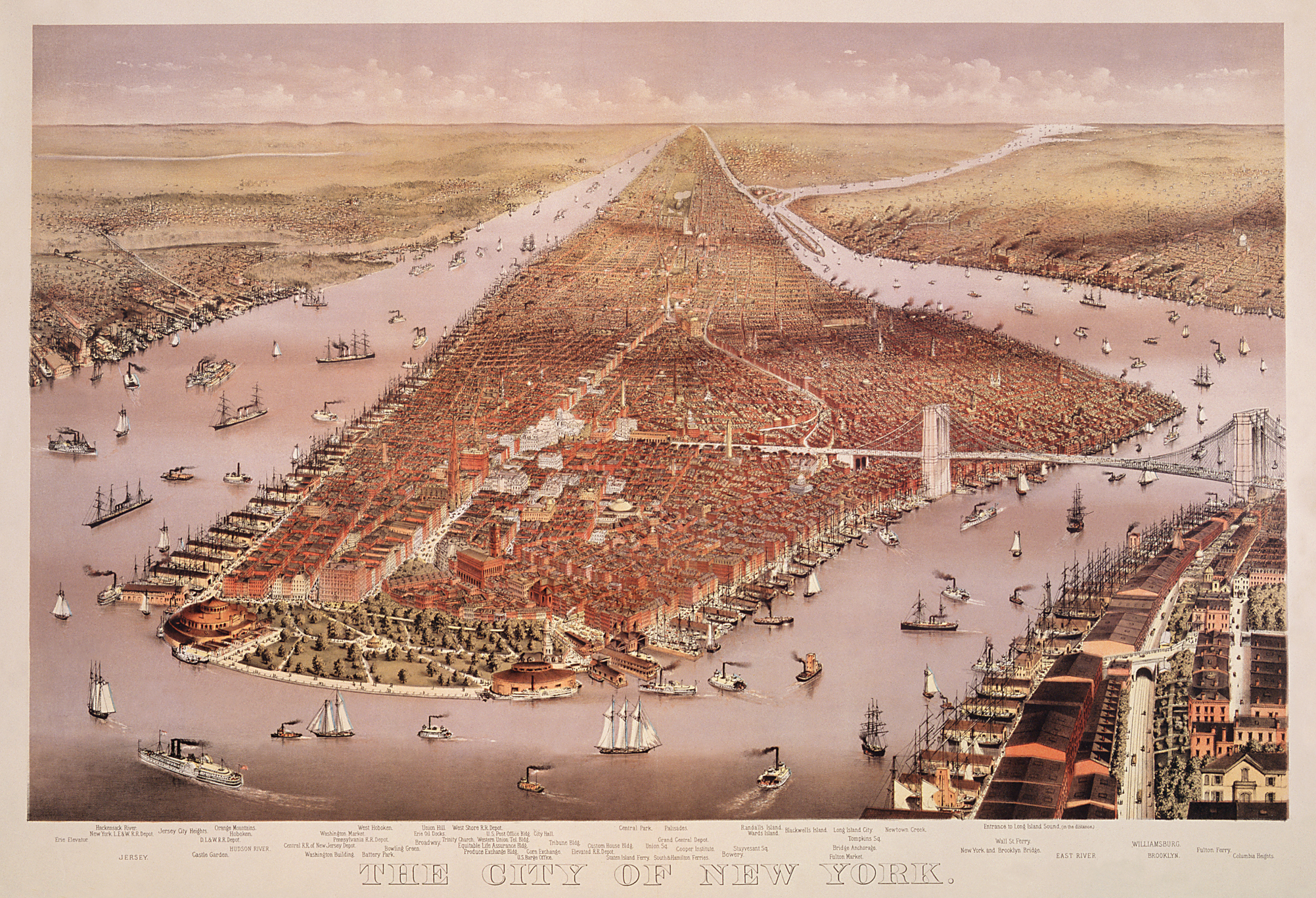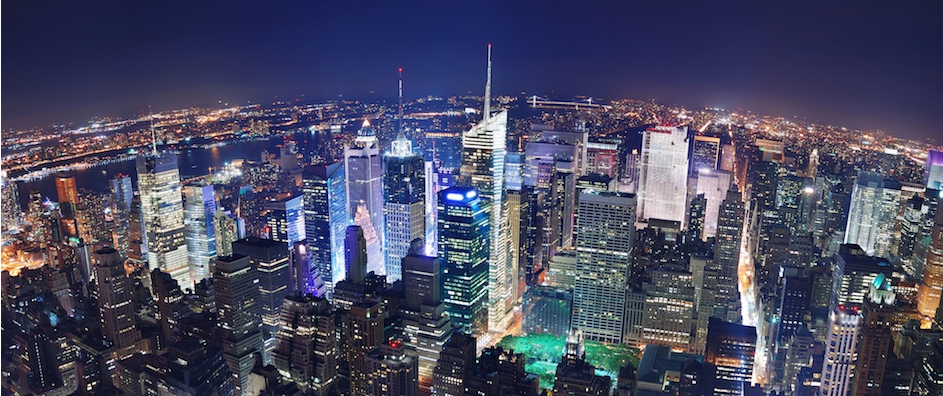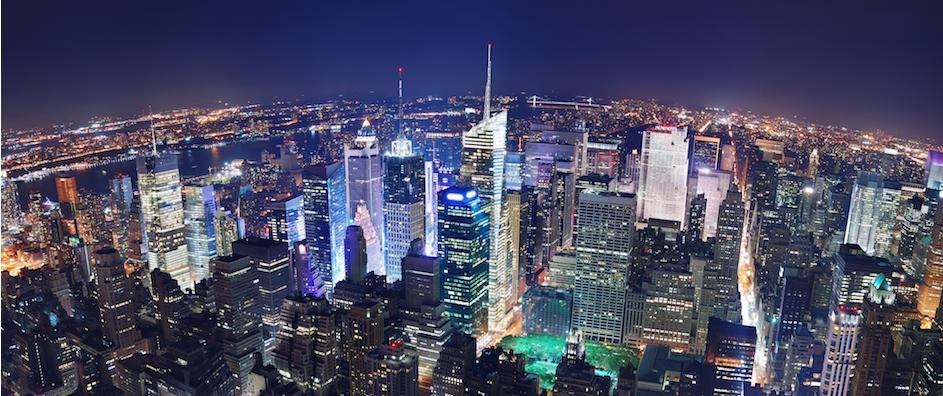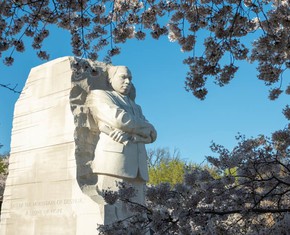The views expressed in our content reflect individual perspectives and do not represent the authoritative views of the Baha'i Faith.
New York is in the throes of a mayoral election. As Mr. Bloomberg prepares to leave the office, articles reviewing his tenure appear here and there. New York Times online had a PowerPoint presentation showing before and after pictures and maps of the city outlining the general improvements to its parks, waterfronts and gentrification. Funny term: gentrification. Wikipedia describes it thus:
Gentrification is a dynamic that emerges in poor urban areas when residential shifts, urban planning, and other phenomena affect the composition of a neighborhood. Urban gentrification often involves population migration as poor residents of a neighborhood are displaced. In a community undergoing gentrification, the average income increases and average family size decreases.
Sure, the city is cleaner, safer and generally more livable than it used to be. But, gentrification is exactly what has happened to New York City. The poor have been pushed out by over-development and a richer, younger and hipper crowd has moved in. No one bats an eye at paying $3200 for a 500 square foot, one bedroom walk-up. In fact, there is a shortage of rentals in the city. Professionals, generally focused in the financial markets come here from around the world to work 60-80 hours a week and de-stress in lounges and restaurants on the hours off. The poor and the underclass have been pushed out to the outlying areas. This class still does all the dirty work in this city but has to travel further and further to get home to de-stress in its off hours. Service jobs still pay very little. You can have your dirty clothes picked up, laundered, folded and delivered for a measly sum of $1 per pound. You can have a manicure for $19 on Park Avenue. And, you can have your meal delivered on foot or bicycle and walked up four flights of stairs to your apartment door for a couple of bucks. All thanks to an immigrant class who work hard and sweat profusely, sometimes even endangering their lives to provide the younger, hipper, richer class with a comfortable and convenient life.
This all reminds me of when my older son was in elementary school in Vancouver, British Columbia. A disclaimer is due here: My family and I also live in a clean, gentrified city, albeit on the other side of the continent from New York. Where was I? Oh, yes, twenty some years ago, the Ministry of Education in our province in Canada decided to integrate the mentally challenged students into the mainstream. Every classroom welcomed such a child. Well, really, ‘welcomed’ is not the word I am looking for. I remember well how I reacted to the whole thing. It became clear to me (and I am sure other parents) that the new addition was disrupting the class, taking too much of the time of the teacher and antagonizing the rest of the kids. It all came to a head for me when one such child took my son’s expensive hockey stick and broke it in half for no reason at all! This may sound like a confession, but justice and fairness had to be meted out. I complained to the principal and the child’s parent bought us another hockey stick!
It took me a few years to understand how the dice fall. At the end of sixth grade, my son’s class was graduating. The children were dressed up and lined up to receive their diplomas and parents were eagerly snapping photos of them. Each student was called to receive his or her diploma and acknowledgement. When it was the turn of a mentally challenged girl to go to the Principal to receive hers, she stumbled and was ready to fall when two of the students near her stood up calmly and helped her along, never trying to overshadow her moment. It was simply the most touching moment of my life raising my son during those early years of his life. Integration of mentally challenged students into the mainstream had taught these kids to be compassionate, accepting and inclusive. They were better human beings for it. All of a sudden, I understood why diversity is important, why we cannot simply ‘clean up’ everything.
 Manhattan may be an island, but the world is not. We are all connected; we are all beautiful, whether high or low, whether young or old, whether rich or poor. We are all necessary. We can build gated neigborhoods or exclusive clubs, we can push out the poor, we can even dump our garbage in another state, but we cannot escape the fact that we are all part of the same body of humanity. The more we segregate the rich from the poor, the clean from the soiled, the educated from the illiterate, the greater our global problems will loom.
Manhattan may be an island, but the world is not. We are all connected; we are all beautiful, whether high or low, whether young or old, whether rich or poor. We are all necessary. We can build gated neigborhoods or exclusive clubs, we can push out the poor, we can even dump our garbage in another state, but we cannot escape the fact that we are all part of the same body of humanity. The more we segregate the rich from the poor, the clean from the soiled, the educated from the illiterate, the greater our global problems will loom.
This is why I believe in the words of Baha’u’llah spoken in the late 1800’s,
“The earth is but one country and mankind its citizens.”
These words may have seemed a utopian sentiment in those days, but they are verifiable fact in 2013. Polarization of countries is the over-arching story of modern news. Egypt is being torn apart by the stark division between the religious and the secular, the United States is generally acknowledged to be the most partisan ever in its history, Syria is being torn apart by sectarian conflict. ‘Othering’ does not work; it is paralyzing human progress. A new mindset is needed. Looking at the whole and not just the parts must be part of a new attitude to social change. We will all be better for it.

















Comments
Sign in or create an account
Continue with Googleor